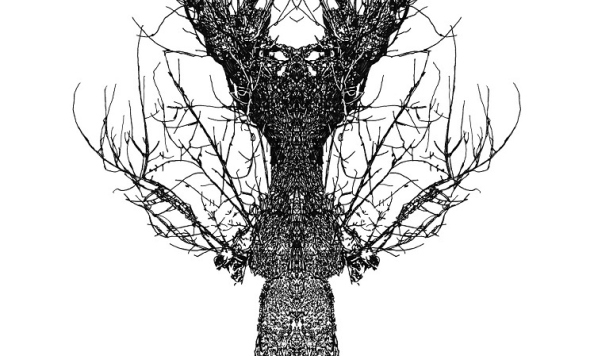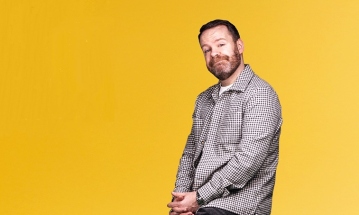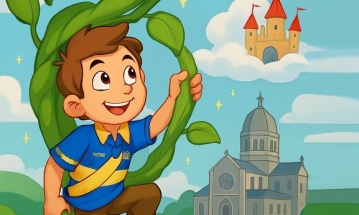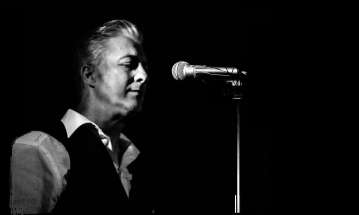In his exhibition 'anarchive' at Source Arts Centre Eamon O’Kane presents several of his art projects which explore the idea of the archive.
Archives are usually a place where things are sorted, described and hierarchized. This is where things are put into order as opposed to the disorder of reality. The French philosopher Michel Foucault described the archive as an underlying structure which intended to control and systematize both things, knowledge and people. Later, the German historian Wolfgang Ernst wrote about the "anarchive" as a new, artistic version of the archive, where artists abuse the archive's principles of order to create a new kind of order. The Anarchive is thus not an anti-archive, but a different archive with different orders than the institutions' authoritative archives.
Eamon O'Kane's Wood Archive can be described as a kind of an archive. The tree archive shows relationships rather than hierarchies. O'Kane has placed thousands of wooden elements in a structure. It looks like order, but it is not the order of the archive with categories and subcategories. The old hierarchies, which are necessary in any archive, are not present in the tree archive. Elements from O'Kane's workshop are in both positive form (the cut) and negative form (the cut). It is difficult to distinguish between product and process because negative forms are usually discarded in the process. The model also alternates between micro and macro level, because the viewer both overlooks large cityscapes and what looks like enlarged models of small components in a computer. Star-shaped network nodes resemble both molecules and futuristic satellites. Where the archive normally has to sort and hierarchise, O'Kane's archive model creates new contexts.
In his Greenhouse Archive, which he began in 2009 when he took over a bankrupt plant nursery complex just outside Odense, Denmark. It is a site-specific project exploring humankind’s fragile relationship with and dependence on the natural world. For ten years he documented the derelict plant nursery before it was finally demolished and returned to nature. During this process he traced and retraced his steps around the complex over and over, reflecting on the changes over time. The location could be seen as a place in decay but also as the beginning of a transformation back to nature. He noticed the greenhouse seasonalities in relation to the contrast between the outside seasonalities and how a greenhouse can change rhythms and interact with the outside. These contrasts were especially evident because of the complex becoming more and more derelict, and the flora and fauna interacting with the spaces in unplanned ways.
O’Kane will display artworks from an archive of thousands of photographs and many hours of footage of the interiors and exteriors of the greenhouses. The photographs have previously been displayed on light boxes made from recycled and adapted light components used in the nursery and installed on sculptural structures echoing the spaces in the nursery. They have also been used in video and sound installation detailing aspects of this very particular place and the seasonal changes occurring across the years that were documented. The context of the derelict greenhouse complex, past and present, is useful in considering seasons as polyrhythmic. The ‘natural’ rhythms of the flora and fauna engaged with rhythms occurring within the semi derelict greenhouses creating hybrid intersections of seasonality. For example, a branch from an apple tree grew through into the greenhouse and produced apples of a much larger size and which ripened much earlier than the apples on the outside, but which were tasteless compared to their smaller ‘natural’ counterparts. Through these photographs and videos, O’Kane was looking into the encounters between different seasons occurring concurrently both inside the greenhouse and outside, and exploring how they clash or sync, and how animals and plants adapt to these sometimes-contradictory environments and the seasons of nature regenerating in unexpected ways.
In his series Baum Test and Tree Archive O’Kane references a projective test developed by Swiss psychologist Charles Koch in 1952, the Baum Test, which is also known as the "Tree Test" is used extensively across the world as a method of analyzing an individual’s personality and underlying emotional history. Patients are asked to draw a broad-leaved tree on a standard 8.5” x 11” blank sheet of paper. A psychologist or a psychiatrist will then evaluate the different aspects of the tree drawing as well as the individual’s behavior and comments while completing the test. In the exhibition O´Kane will install a series of acrylic airbrush paintings on paper where he plays with a unique blurring technique as well as mirroring the trees to produce an uncanny quality which references another more well know psychoanalytic tool the Rorschach or ink blot test.
When the Covid pandemic lockdown began in March 2020, he started taking daily walks with his wife and two sons near their house, and he brought his camera along on these walks so he could photograph the trees in the area. He was able to continue teaching in Bergen using Zoom and and he set himself the task of making one tree ink drawing per day based on the photographs he was taking. The trees in a way became a marker of time for him and as they accumulated, he was able to comprehend the passage of time but also his place in the world which had previously been governed by other interactions with the world.



